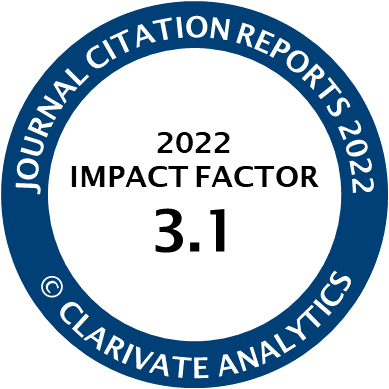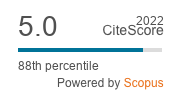Article | Open Access
Interveillance: A New Culture of Recognition and Mediatization
| Views: | 6256 | | | Downloads: | 3919 |
Abstract: The everyday uses of networked media technologies, especially social media, have revolutionized the classical model of top-down surveillance. This article sketches the contours of an emerging culture of interveillance where non-hierarchical and non-systematic monitoring practices are part of everyday life. It also introduces a critical perspective on how the industrial logics of dominant social media, through which interveillance practices are normalized, resonate with social forces already at play in individualized societies. The argument is developed in three steps. Firstly, it is argued that the concept of interveillance is needed, and must be distinguished from surveillance, in order to critically assess the everyday mutual sharing and disclosure of private information (of many different kinds). Secondly, it is argued that the culture of interveillance responds to the social deficit of recognition that characterizes highly individualized societies. Finally, it is argued that the culture of interveillance constitutes a defining instance and even represents a new stage of the meta-process of mediatization. The dialectical nature of interveillance integrates and reinforces the overarching ambiguities of mediatization, whereby the opportunities for individuals and groups to achieve growing freedom and autonomy are paralleled by limitations and dependences vis-à-vis media.
Keywords: identity; interveillance; mediatization; recognition; social media; surveillance
Published:
© André Jansson. This is an open access article distributed under the terms of the Creative Commons Attribution 4.0 license (http://creativecommons.org/licenses/by/4.0), which permits any use, distribution, and reproduction of the work without further permission provided the original author(s) and source are credited.




